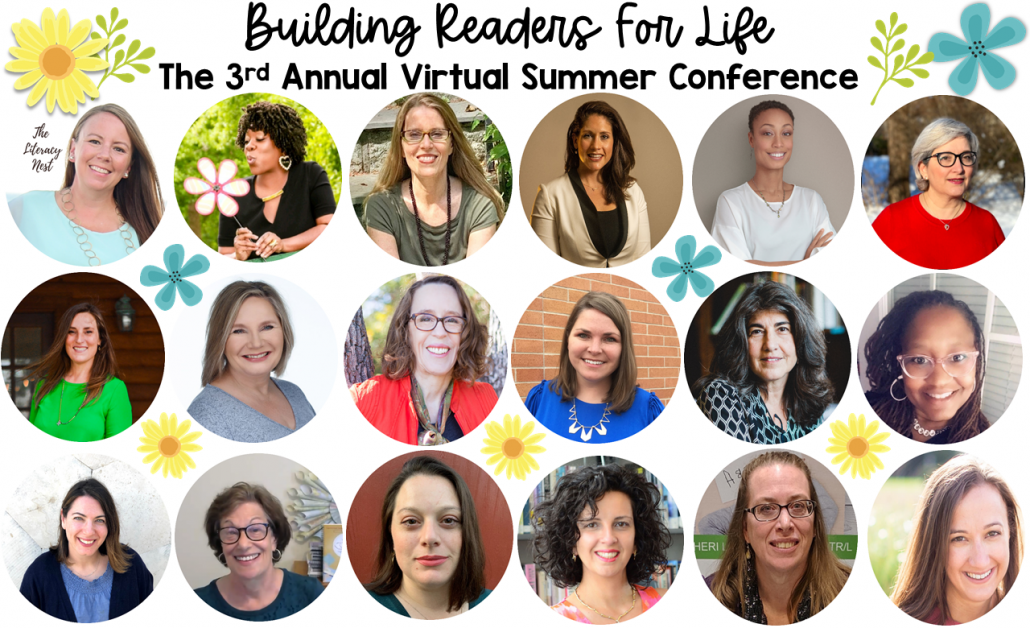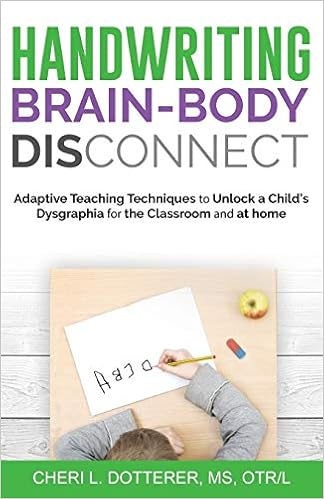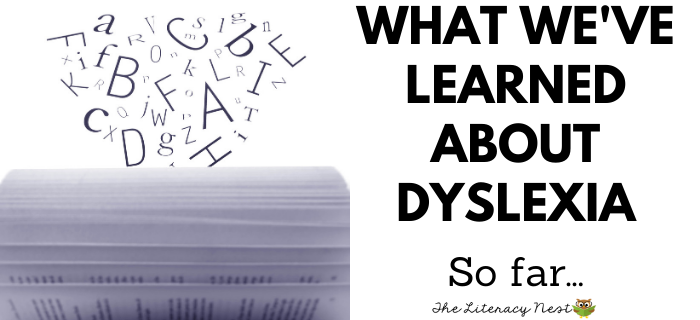Dysgraphia and Developing Readers
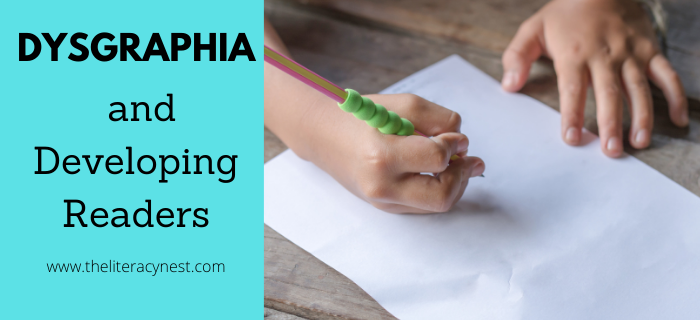
As dyslexia teachers or parents, you understand the struggle many children have surrounding reading. The struggles surrounding writing problems may or may not build on reading difficulties. However, if your students do have trouble reading, they will also have trouble writing.
After reading the book, Handwriting Brain Body Disconnect by Cheri Dotterer, I realized how limited my past understanding of dysgraphia was. I know I’m not alone when I say that. Dysgraphia symptoms are not widely understood. Cheri really goes in depth about the different types of dysgraphia and the impact of memory in a way that really made sense to me. I had the pleasure of having her not only present for a second year at Building Readers for Life (Yes, you can still sign up!) but guest blogging for The Literacy Nest.
I hope you enjoy Cheri’s post!
Letter Recognition
First, your children must recognize letters. Letter and pattern awareness along with memory are foundational to taking letters from a visual construct to the application of repeating the letter themselves on paper. If your students, identify letters and shapes without hesitation, you have concurred step one to writing.
Letter Parts
Second, students need to understand the parts of letters. For example, an m has a vertical line and two arches. Explicitly teach the students the parts, points, curves, gaps, touching points. Use any means without a pencil. I encourage all my clients to have their students use both hands and air write their letters and numbers using full arm motions. Take the number 8. Lace your hands together with your palms away from you. Using your entire arm, write the number 8 in the air in front of you. Note what each joint in your body is feeling. No matter if you are using a full arm movement in this example, or using a pencil, the same muscle sequence is happening in your brain.
Vertical Surfaces
Third, have your students write letters on a vertical surface. A chalkboard creates better friction and more feedback to the brain than a whiteboard. You can also tape paper on the board. Horizontal surfaces should be used after a student has a good working knowledge of the handwriting paper.
Only after they understand the letter parts can you introduce lines to write in. Do not assume that the student has any understanding why the lines are on the paper. Before you choose paper for them to write on, ask them what they see and notice about two different paper choices. Use the one that they understand the line choices the best. I am not a proponent of any specific paper. I let the child explain what they see first, then build from there. I adapt paper all the time to support a student’s understanding.
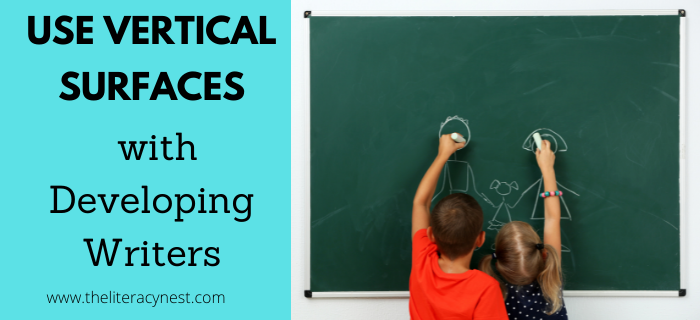
Letter Formation
Fourth, as I am explicitly teaching letter formation, I use the terminology from the paper the student has found easiest to understand and adapt it to their comprehension. It is only after this point that handwriting remediation can begin. Understanding dysgraphia starts with understanding what a child sees and interprets. This form of dysgraphia is visual-spatial.
Muscle Control
From there, muscle control is next. Control includes aspects such as posture, pencil, and motor and is called Motor Dysgraphia when handwriting problems persist. Students with low muscle tone need exercises to waken their muscles. Holding a book over their head and walking on heel and toes awakens all muscles throughout their body. Once woken up, then they can write.
Memory Dysgraphia
Memory dysgraphia is the third foundational level of handwriting problems. Any intervention that you can use to support their memory and encouraging them to write will help decrease handwriting problems. For example, scribe a sentence, then have them write it. If they need breaks in between words, go back to any activity that encourages whole body movements.
Mechanical Dysgraphia
Visual-spatial, motor, and memory dysgraphia make up the three foundational levels and are referred to mechanical dysgraphia as a group. Forming words and sentences are language dysgraphia and the last area is paragraph formation. This last area is cognitive in nature.
As dyslexia therapists, you most likely understand structured literacy even better than me. What I want to encourage you to consider is kinesthetic movements when a child is not comprehending your instruction. I have developed a kinesthetic alphabet called the Body Sentence Alphabet.
I have taken every letter and given it a movement. Learning difficult words may need this additional support. It’s free. Translating every step and finding a child’s perspective helps you understand what they understand.
Each month I offer a free Bootcamp to explain dysgraphia. If you’d like to learn more, sign up for my email list by downloading the Body Sentence Alphabet.

About Cheri Dotterer
I believe that if you desire a classroom filled with students who read, write, and complete math problems proficiently, understanding dysgraphia is essential to student success. For years I felt incompetent writing effectively. Arm and hand pain, spelling difficulty and written articulation stopped me from attempting to overcome my writing problems. As a school-based occupational therapist, I noticed that referrals for OT revolved around handwriting too. Everyone kept asking me, “What is dysgraphia?” For years, I could give them head knowledge but had no idea how to support students. That’s how Dotterer Dysgraphia Method was developed. I learned all I could, now I am helping regular education and learning support teachers and occupational therapists design lessons to support these students. Many referrals come through dyslexia therapists wanting to understand more about handwriting struggles.
Learn more at:

Building Readers For Life
Cheri has presented at Building Readers for Life in 2020 and 2021. If you questions about dysgraphia and how to help your students, You do NOT want to miss her presentation!
